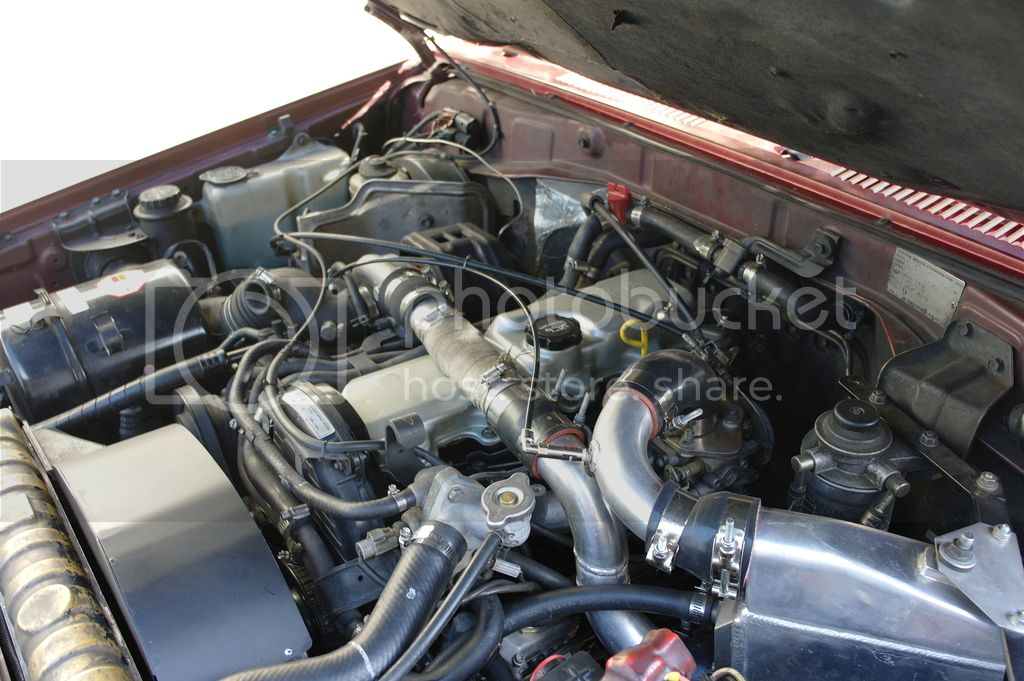Hi,
Looking into options and what i would need to know if i upgrade the 2lte to gain more power in my LJ78.
First really wanting to know from someone with the experience of doing it, would i really see difference/ increase between my current 2lte with intercooler and 12psi boost. to a 3L (and changing all turbo/ intercooler parts over) would actually make. My goal with be more power on the hills while towing etc, possibly change the shoes and push some 33's at the same time.
Also as the what am i in for to get her running regarding fuel/ ecu etc? or is it a fairly simple swap.
Ive seen some threads recommending the 3L but really not to much about the power increase etc.
Looking into options and what i would need to know if i upgrade the 2lte to gain more power in my LJ78.
First really wanting to know from someone with the experience of doing it, would i really see difference/ increase between my current 2lte with intercooler and 12psi boost. to a 3L (and changing all turbo/ intercooler parts over) would actually make. My goal with be more power on the hills while towing etc, possibly change the shoes and push some 33's at the same time.
Also as the what am i in for to get her running regarding fuel/ ecu etc? or is it a fairly simple swap.
Ive seen some threads recommending the 3L but really not to much about the power increase etc.




